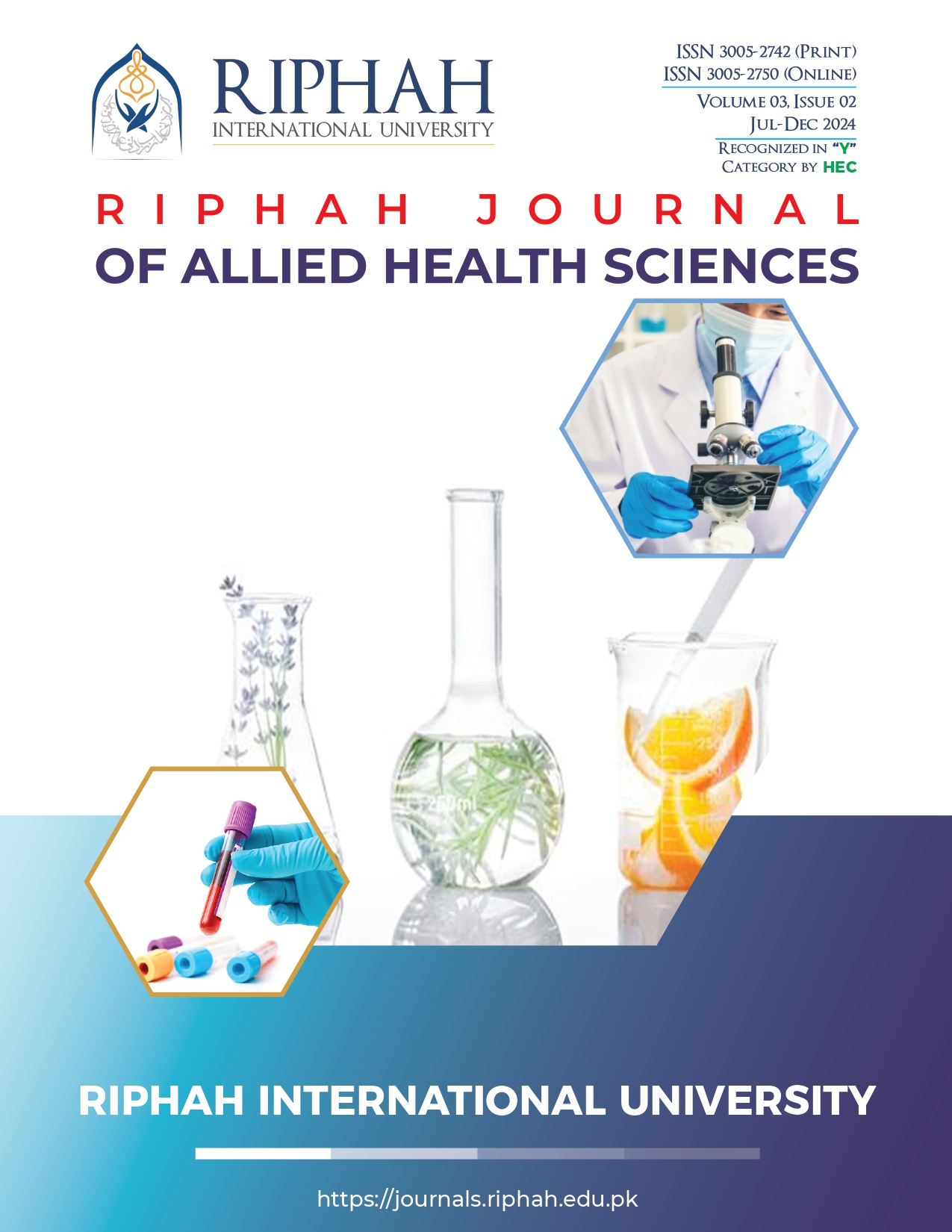Determination of Microbiological Spectrum and Antimicrobial Resistance Trend among Patients with Respiratory Tract Infection in Pakistan
Keywords:
Respiratory tract infection, pathogenic bacteria, antimicrobial susceptibility, antimicrobial resistanceAbstract
Background: The most reported infections in humans are respiratory tract infections (RTIs). Some of these infections are mostly mild, temporary lasting and sometimes self-limiting due to which many infected persons tend to ignore these infections. Respiratory infections occur in all age group but most of the time male are commonly affected.
Objectives: To determine the prevalence of various bacterial pathogens associated RTIs and identify the member of pathogenic organisms in respiratory tract infection and their antibiotic susceptibility in health care centres.
Methodology: Sputum sampling was done from 227 patients and the specimens go through microbiology examination. Antibiotic susceptibility profiling was carried out by Kirby Bauer’s disc diffusion method.
Results: Patients having the URTIs and LRTIs infections belong to both genders according to age groups. Total number of female and male patients was 80 and 147, respectively. Age group of ranged 40-60 years was at a high risk of respiratory tract infections. The most prevalent microorganism was Pseudomonas aeruginosa (n=51, 22.4%) and least was Citrobacter farmeri (n= 4, 1.8%). Highly effective drugs were meropenem and levofloxacin, while high resistance was observed against amikacin and cefepime.
Conclusion: Pseudomonas aeruginosa was found the most prevalent organisms in respiratory tract infection patients. The patients within the age range of 40-60 years were observed to be at high risk of getting respiratory tract infection. Among all the tested antibiotics meropenem and levofloxacin were the most effective drugs.


